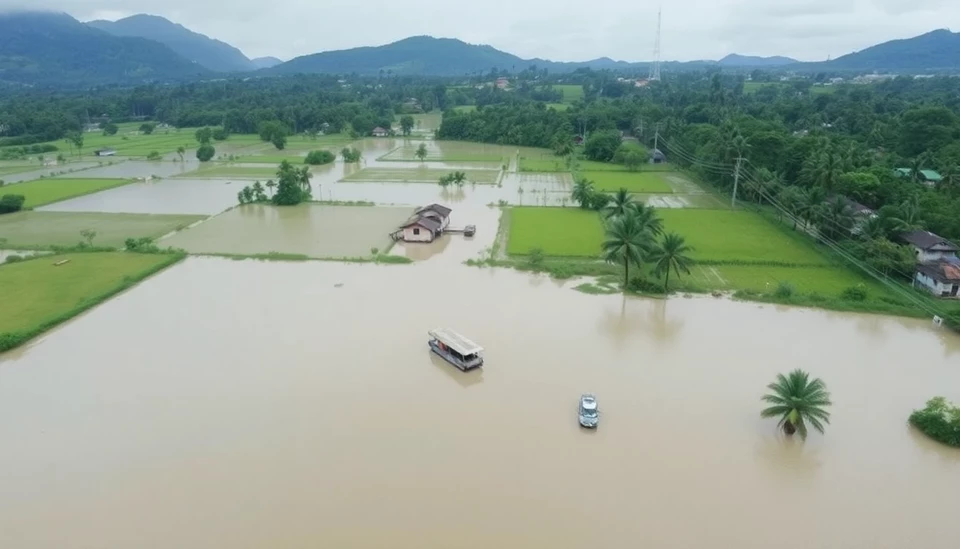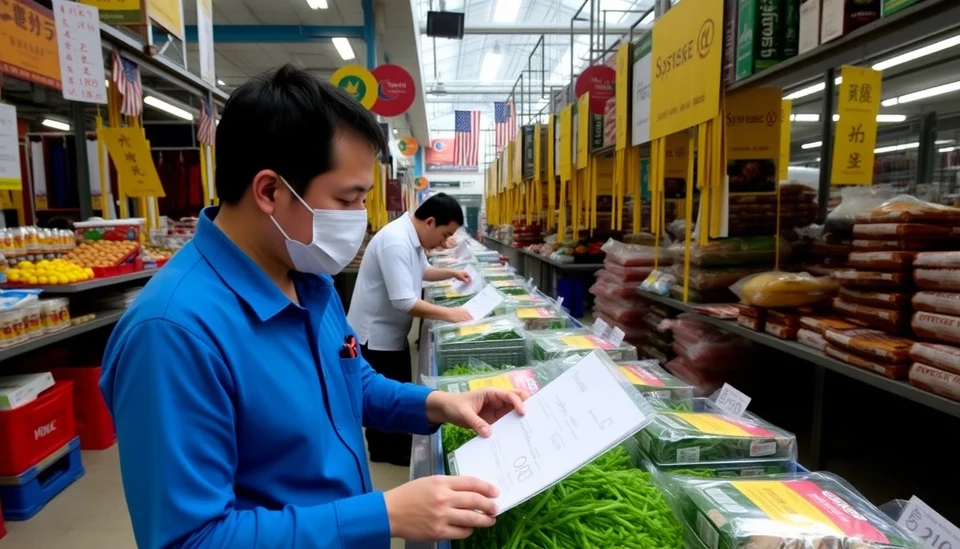
Malaysia’s palm oil sector is grappling with the aftereffects of severe flooding that has devastated key plantation regions. Experts are predicting that the complications arising from these floods will continue to linger, disrupting production and potentially affecting global supply chains for at least another month. The impact of this environmental disaster is being felt not only locally but also across international markets that rely heavily on Malaysian palm oil.
Recent heavy rains in Malaysia have led to widespread flooding, particularly in the states of Sarawak and Sabah, which are significant contributors to the nation’s palm oil output. These areas have seen fields submerged under water, adversely affecting the crop yields of farmers, many of whom depend solely on palm oil for their livelihoods. Reports indicate that as much as 20% of plantations in these areas have been significantly affected, and recovery efforts will require substantial time and resources.
The Malaysian Palm Oil Board is closely monitoring the situation, but preliminary assessments indicate that even if the waters recede, the implications for production will last well beyond the immediate crisis. Crop recovery is a time-intensive process; palm trees affected by flooding generally take several months to return to optimal production levels. Experts warn that this prolonged recovery phase may cause the price of palm oil to increase, impacting consumers worldwide.
Additionally, the industry is facing growing competition from other palm oil-producing countries, such as Indonesia and Thailand. As Malaysian growers struggle to revive their plantations, rival producer nations could capitalize on this opportunity and expand their market shares. This competition could potentially drive prices higher as global demand continues to rise.
In response to these challenges, Malaysia's government and various agricultural agencies are launching initiatives aimed at providing support for affected farmers. This includes financial aid, access to resources for quicker recovery, and the implementation of better drainage and water management systems to mitigate similar issues in the future. However, the efficacy of these measures remains to be seen, particularly as the threat of ongoing climate-related disruptions looms larger.
As the situation develops, stakeholders in the palm oil industry, from producers to exporters and consumers, are watching closely. The upcoming weeks will be crucial in determining the full extent of the damage and the capacity of the industry to bounce back after such an environmental setback. Industry analysts suggest that greater focus on sustainability and environmental resilience may be necessary for the future stability of palm oil production in Malaysia.
With the global market already experiencing fluctuations, continuing assessments and timely information will be essential for ensuring that both producers and consumers are prepared for the forthcoming challenges.
In conclusion, the ongoing recovery from flooding in Malaysia’s palm oil-producing regions underscores the precarious nature of agricultural output in the face of climate change. As the industry braces for a slow recovery, the need for innovation and infrastructure improvement becomes increasingly evident.
#Malaysia #PalmOil #Flooding #Agriculture #ClimateChange #Sustainability #GlobalMarkets
Author: Victoria Adams




